
When it comes to tall and straight posture, you may imagine yourself holding your head high, protruding forward and protruding backward, graceful in manners, and graceful in gestures and gestures. Even sitting in front of a computer to study and work, you have outstanding temperament.
However, the person next to you turned to see you, may be such a painting style:

It’s you!
The movement of the neck, which leans forward unconsciously and stretches excessively, is also called [turtle neck]. The professional saying is [head stretches forward]. Some people also have hunchback with chest at the same time.
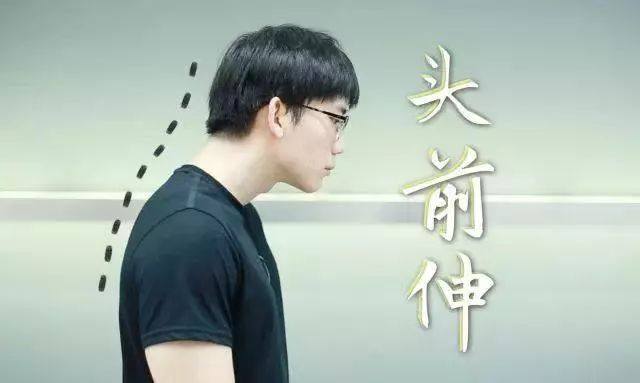
Uh-huh, if you don’t correct your head forward for a long time, the sky won’t fall, just-ugly! Ah!
Not over yet, head extension will often appear with hunchback with chest, forming a vicious circle that will add ugliness to your ugliness!
Today, my little brother will teach everyone a few movements to improve their posture!
As a clean stream in the health science popularization circle, we have also attached pictures with unique painting style.
First, massage the neck muscles
If the head is extended forward for a long time, the deep muscles of the neck will become very tense.

In fact, when many people complain about [neck affliction], most of them feel heavy and stiff on the part marked by X in the above picture. In severe cases, they may even cause dizziness or headache.
However, because these muscles are hidden deep, simple stretching is difficult to help the muscles relax.
At this moment! We need some kind of massage tool (don’t think too much).
You can use massage balls or tennis balls, foam shafts and other similar objects for massage and relaxation, and whoever uses them knows the relief effect.
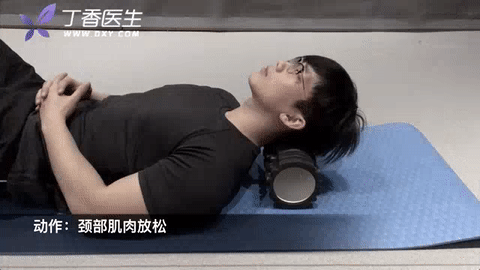
Key points of action:
Press the foam axis at the lower edge of occipital bone (at the X mark in the above figure);
Move your head, find the area where you can feel pain, and repeatedly roll and press in a small area for 5 minutes.
Do it on both sides. Keep relaxed during the whole process. Close your chin and don’t shrug your shoulders.
Second, stretch the neck
Of course, for muscles that are not so deep hidden, we can relax by stretching.
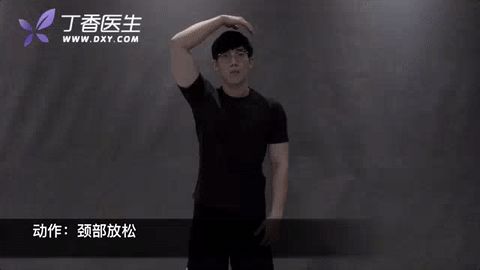
Key points of action:
Each side lasts for 30 seconds and repeats 3 times.
During stretching, stand up straight and do not shrug your shoulders.
Three, stretch the chest
The posture of head extension is mostly accompanied by chest and round shoulder, so the stretching of chest muscles cannot be ignored.
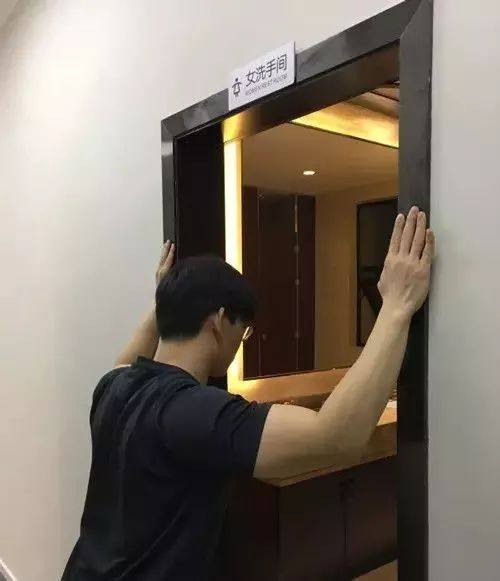
Please make sure there is no one outside the door when doing this.
Key points of action:
Two hands on the door frame, lunge forward, feel the chest and shoulder junction pull;
You can move your arms and try stretching at different angles.
Hold for 30 seconds each time and repeat 3 times.
4. Close your chin
After relaxing the tense muscles, we will begin to exercise the muscles used to fix and maintain the normal posture of the head.
Do the movement of closing your chin to make the back of your neck feel [elongated].
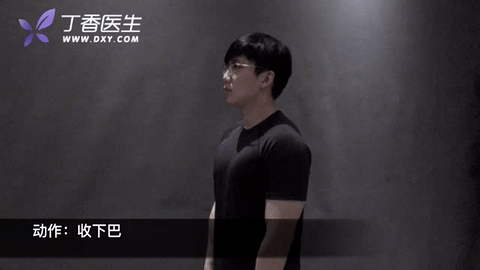
Key points of action:
In the process of collecting the chin, the chin moves horizontally backward.
Make sure your eyes and chin remain level and do not move up and down.
Hold for 5 seconds at a time and repeat 30 times.
Five, nod
We also need to strengthen the training of deep cervical flexor muscles.
Lie on your back on the bed (or yoga mat) and nod while maintaining the above chin closing posture.

Key points of action:
The whole process should be relaxed and slow, and you will feel a slight stretch behind the neck.
Hold for 5 seconds at a time and repeat 30 times.
Similarly, if you want to strengthen exercise, you can also let your head hang in the air to resist gravity.
6. YTWL
This group of movements full of [YO, YO, Chek Nao] temperament can enhance the strength of weak muscles in the back and prevent and improve hunchback posture.
Y
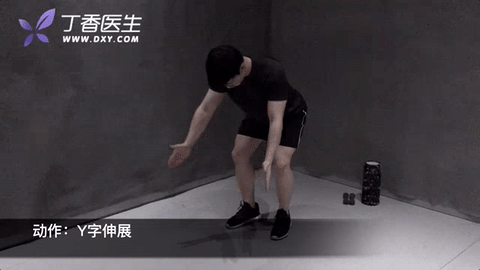
T
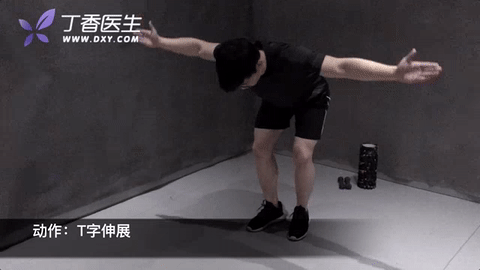
W
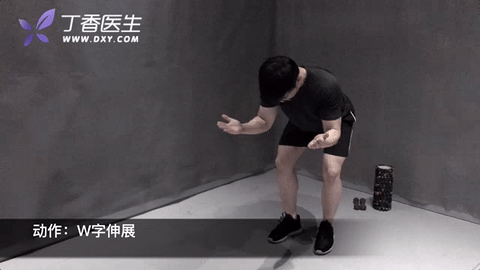
L
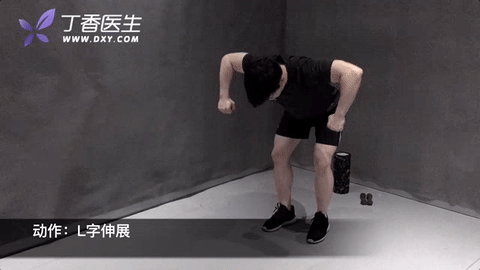
Key points of action:
During the whole group of movements, attention should be paid to keeping the shoulder blades (two large butterfly bones on the back) squeezed.
Thumb up, upper back straight; Each group does 10 times from Y to T, 10 times from T to W, 10 times from W to L, and 3 groups each time.
Seven, foam axis relaxes thoracic vertebra
Head extension often leads to thoracic vertebra stiffness and greater curvature.
The reduction of thoracic vertebra flexibility can easily affect shoulder and neck, trunk and hip joint, but it is often ignored.
Foam shaft can relax the tissues around thoracic vertebra and improve the mobility of thoracic vertebra.
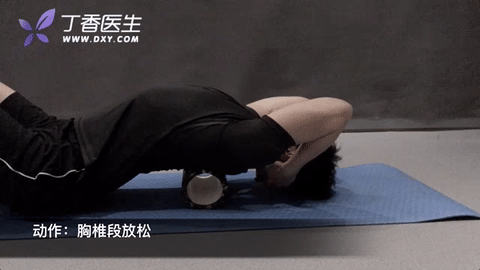
If there is no foam shaft, you can do the following.
8. Cat Stretch
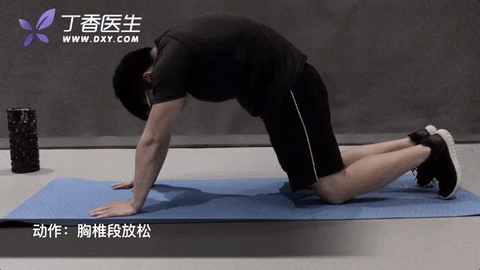
Key points of action:
The hands and knees are supported at four points, and the back is bowed when exhaling.
Feel the gentle extension of the spine and inhale when collapsing.
Do 20 alternation for each group, 3 groups each time.
Seeing here, do you think you finally have a chance to get rid of the tortoise neck?
In fact, the most important method is only two words, stick to it.
